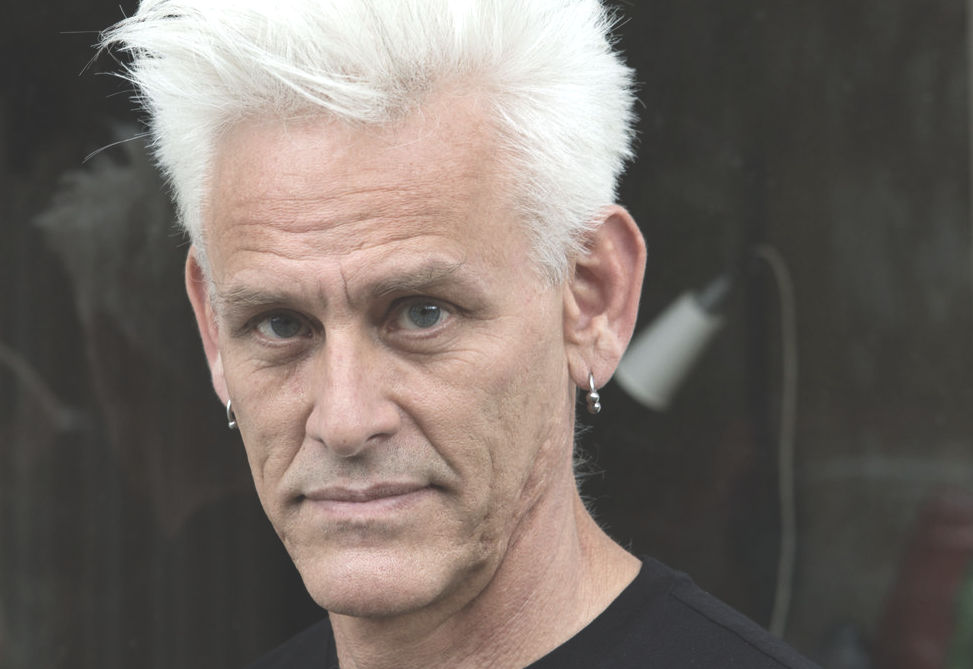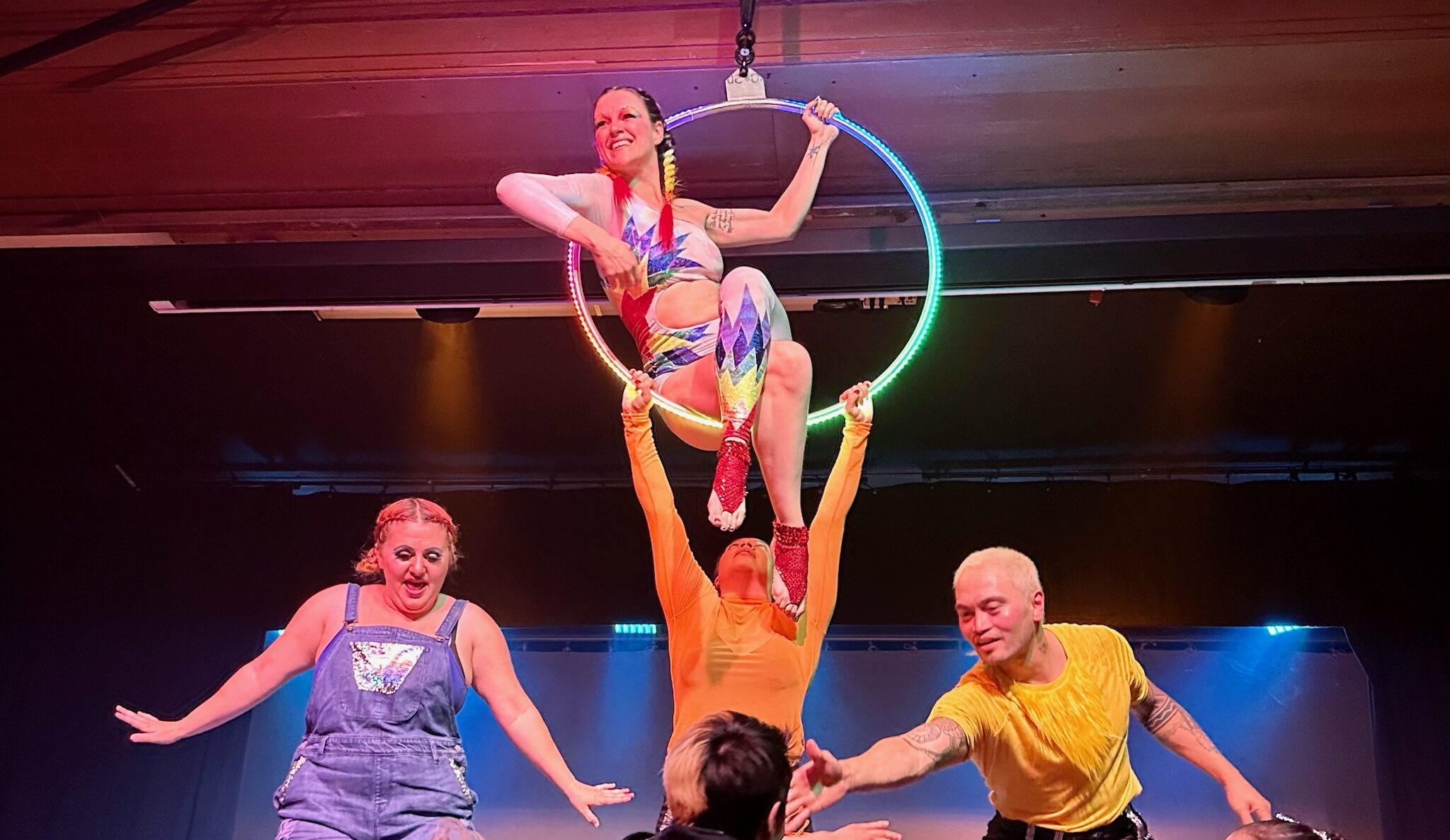Excerpted from the original post “Musings on Unison” on online blog, Life as a Modern Dancer: http://blog.lifeasamoderndancer.com/2018/03/musings-on-unison.html
Jill Holman Randall-Inside a work, what strategies do you use to perform in unison?
Lauren Simpson– We make and perform unison a lot. We never perform in unison to metered music because it flattens and “regularizes” the idiosyncratic rhythms we create inside the phrasing. To stay connected, we have many internal songs we sing to keep time, like “da da da’s” and audible breaths and sound cues we make with our bodies or on the ground. However our biggest strategy is practice. There is so much learning and growing and revealing that happens in with each try; we more deeply understand the rhythm, our fellow dancers’ impulses, and increase our ability to listen to each other. Unison is a listening practice.
JR– As a choreographer, why unison? What do you love about it? How does it amplify, magnify, heighten, enlarge?
LS-I love unison because it is virtuosic and impossible at the same time. The detailed nature of the unison material, the speed at which we do it, and executing it in silence is a difficult human feat. Related to virtuosity and difficulty, unison is inherently a high risk performance situation. There’s something beautiful about the performers taking a leap of faith together, trusting each other to jump on a fast moving train at the same time and stay there for a long time. This elicits a special energy in live performance between the audience and the performers, a shared understanding of the risks taken in real time. The unison is deep listening made visible.
Unison is also impossible and I love impossible tasks.
I love unison because it is the best way we have found to amplify very small actions.
The rehearsal process of watching dancers rigorously focus on detail is a beautiful exchange. We spend a very long time trying to find agreement, as best we can, for each moment. It is a way of continually trying to understand the experience of someone else down to the angle of their left talus bone. I want to see more of this in the world.
JR– From the outside, how do you coach unison?
LS– We take our time and go slowly.
Repetition. Repetition.
We video everything. The dancers can easily watch themselves and see where there is disagreement and discrepancies.
JR– How do you approach unison – as a performer or choreographer – somatically?
LS– Unison gets a bad rap in modern dance. It’s “taught out” of us in college classes; we’re told it is a symbolism for conformity, convention, and superficiality. I approach unison as an opportunity to connect to and trust.
Also, since unison is just plain hard, I approach it as a researchable problem. When you “solve it,” or when you see good unison, you are also seeing evidence of rehearsal, confidence in movement choices, rigor, commitment, and craft. I would like to see more of that in contemporary dance performances (whether the work contains unison or not).
Lauren Simpson is one half of Simpson/Stulberg Collaborations. See their new work, Still Life No. 8, Thu-Sat, Apr 5-14 as part of Edge Residency 2018.
Photo of Lauren Simpson and Jenny Stulberg by Robbie Sweeny.
Share This!
More Good Stuff
Dearest Community Members, We’re looking forward to coming together in an evening of community connection tomorrow at INNERSPACE. The value of this opportunity to take
CounterPulse TenderArts Program announces The Glitter Show, paying homage to the role glitter has played as an important visual element in the history of gay
by Genie Cartier, director of Dark Side of the Circus Although we only had a few months to rehearse it, this show took 17




